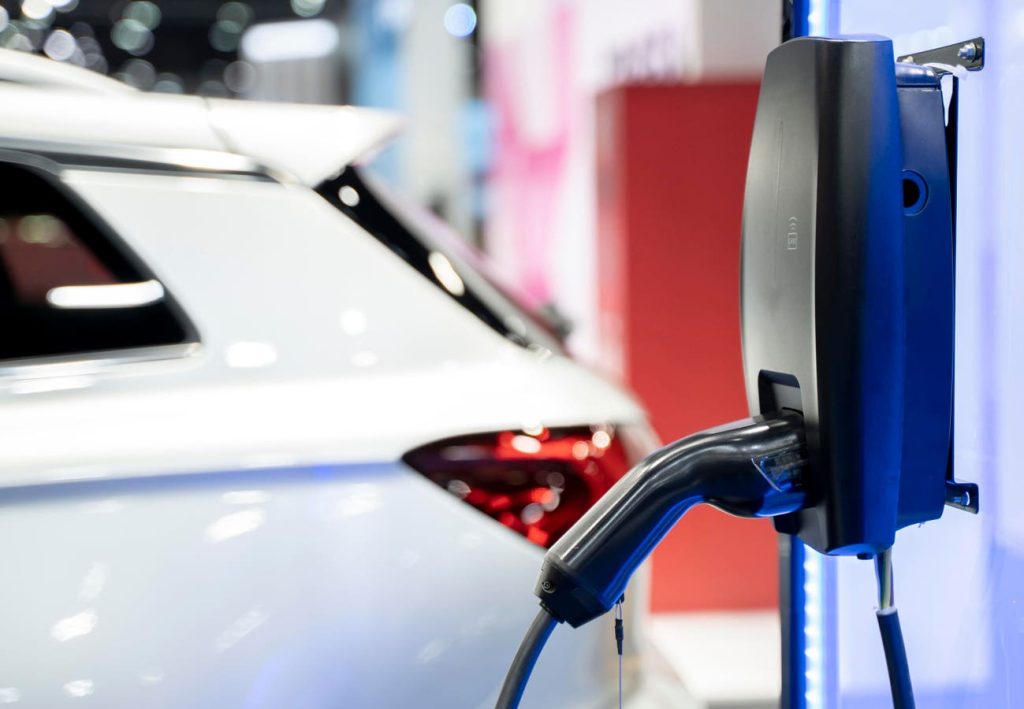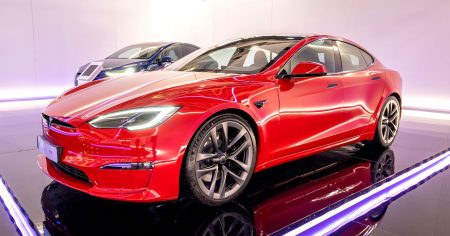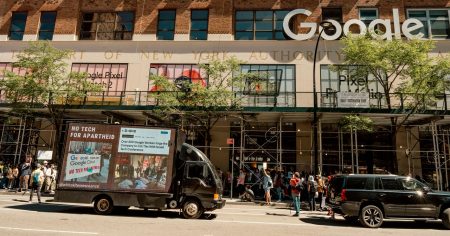Doron Frenkel, founder and CEO of Driivz, a leading EV Charging and Energy Management Platform.
Two sectors, energy and mobility, are on converging paths to a clean energy economy. One place those paths meet is the parking lot (or garage), where electric vehicles (EVs) park and plug in to charge.
It’s also where I believe new technologies and emerging flexible energy markets will converge to create new business opportunities for parking facility owners/managers. At the same time, the right technology can balance the electrical grid while relieving the added burden of EV charging.
Given that EV drivers tend to charge at home, work and destinations, this revenue opportunity applies just about anywhere there is a large parking lot or parking garage—multifamily residential buildings, commercial and industrial buildings, municipal and private paid parking operations, shopping centers, convenience stores, airports, venues and sports facilities, hospitals and health care facilities, and hotels.
Here’s how I see this future scenario playing out, along with the benefits that can accrue to stakeholders who participate in this new energy economy and the challenges that need to be overcome.
Increasing electricity demand coincides with variability in supply.
First, let’s discuss the challenges we’re facing. Over the next two-plus decades, demand for electricity will grow with the electrification of home and commercial heating, home appliances and industrial processes. The transition to EVs, accelerated by the Inflation Reduction Act, will likely have an even greater impact on an already stressed power grid.
In addition, as our economy and our personal lives become more dependent on electricity, the transition to renewable energy is introducing variability and uncertainty into the power supply. Solar and wind only work when the sun shines and the wind blows. Sun and wind can produce more power than people can use at some times or not enough at others.
One answer is utility-scale storage, which can capture excess power produced when demand is low and the sun or wind is plentiful and feed that power back to the grid when the energy supply falls short of demand. However, energy storage technologies face multiple challenges, ranging from integrating storage with the grid to inconsistent regulation across regions, lagging standardization and uncertain profitability.
Without collaboratively rethinking the energy ecosystem—defining new roles for participants and new business models for electricity generation, distribution and consumption—clean energy and grid reliability could face significant challenges.
Find storage and flexibility at scale with EVs and V2G.
EVs and EV charging infrastructure, deployed at scale in the coming years, can provide the massive storage and flexible supply required to make renewable energy reliable and keep it affordable. Today, we have the technology to balance supply and demand by managing when each vehicle will charge. On the horizon is bidirectional charging, or V2G, which allows an EV to discharge energy from its batteries and send it back to the grid. V2X is doing the same thing but discharging to a building or a house.
Passenger cars sit parked for more than 90% of their operating lives and are driven on average 37 miles per day, or less in more densely populated areas. That’s a lot of potentially unused battery capacity that can be tapped as an alternative to stationary grid storage without impacting the driver’s automobile use. One U.K. study found that if half of the 11 million EVs forecast to be on the road by 2030 were V2G enabled, this would reveal 22TWh of flexible discharging capacity a year—the equivalent of the output of 3,666 wind turbines—potentially saving the U.K. economy £3.5 billion annually. That’s based on a fraction of the 30–42 million EVs projected to be on the road in the U.S. by 2030.
How would this work?
The revenue opportunity comes from harnessing this EV battery capacity at scale and utilizing it on local flexibility markets as it’s needed to balance the grid. The beauty of energy stored in EV batteries is that it can be activated quickly and for short periods of time, making it an ideal distributed energy source to monetize for peak shaving and demand response.
At a high level, here’s how it would work. Parking owners connect their V2G-capable EV chargers to a back-end software platform in the cloud. The software determines when the vehicles should charge based on driver input or AI-based analysis of the driver’s usage patterns plus energy availability. Parking owners and drivers participate in energy balancing plans, reducing the cost of charging, while the grid operators can better utilize the energy they purchase and supply. The software also manages the flow of money between the grid side, the parking lot owner, the EV owner and other participants in this new energy marketplace.
Parking facility owners can choose to take on various roles depending on their facility’s scale and appetite for involvement. Options range from hosting charging infrastructure that is owned and managed by a charging network operator to owning and operating the EV charging hardware across multiple parking facilities, managing relationships with drivers and operating the back-end IT platform that orchestrates EV charging and energy management.
Where do things stand now?
Energy optimization and participation of EV charging in the flexibility market are already available today. The V2G scenario will expand over time. While V2G technology has been around for more than a decade, and its value has been proven by many industry pilot programs and academic studies, implementation is still nascent. It’s been implemented on a limited basis by a few manufacturers of EVs and EV charging equipment. Those manufacturers are interested, and industry adoption is growing.
One significant obstacle is winning the hearts and minds of EV drivers. For V2X to achieve its market potential, people need to shift how they see value in their personal vehicles. An EV will always be primarily purchased as transportation, but when it’s also seen as having monetary value when it’s parked, V2G can be poised to take off. Parking facility owners who define their strategy ahead of time and choose the right message for drivers will have the revenue advantage.
Forbes Business Council is the foremost growth and networking organization for business owners and leaders. Do I qualify?
Read the full article here









